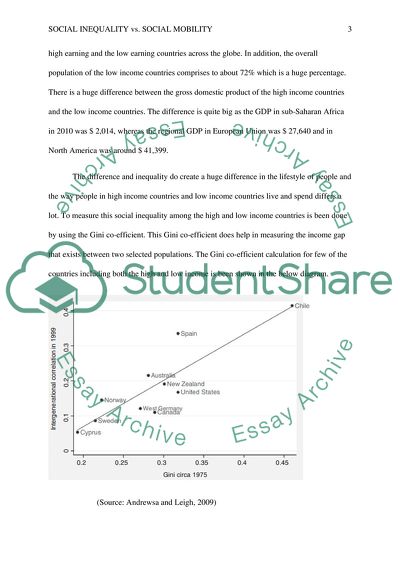Cite this document
(Social Inequality vs. Social Mobility Report Example | Topics and Well Written Essays - 1250 words, n.d.)
Social Inequality vs. Social Mobility Report Example | Topics and Well Written Essays - 1250 words. https://studentshare.org/sociology/1866197-social-inequality-vs-social-mobility
Social Inequality vs. Social Mobility Report Example | Topics and Well Written Essays - 1250 words. https://studentshare.org/sociology/1866197-social-inequality-vs-social-mobility
(Social Inequality Vs. Social Mobility Report Example | Topics and Well Written Essays - 1250 Words)
Social Inequality Vs. Social Mobility Report Example | Topics and Well Written Essays - 1250 Words. https://studentshare.org/sociology/1866197-social-inequality-vs-social-mobility.
Social Inequality Vs. Social Mobility Report Example | Topics and Well Written Essays - 1250 Words. https://studentshare.org/sociology/1866197-social-inequality-vs-social-mobility.
“Social Inequality Vs. Social Mobility Report Example | Topics and Well Written Essays - 1250 Words”. https://studentshare.org/sociology/1866197-social-inequality-vs-social-mobility.


